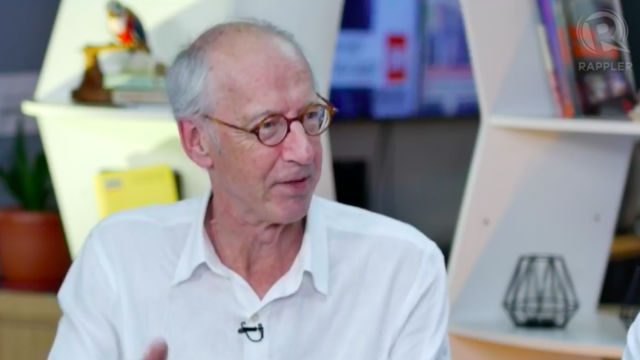SUMMARY
This is AI generated summarization, which may have errors. For context, always refer to the full article.

MANILA, Philippines – At any given day, one or two songs by a Korean pop (K-pop) band would be on Spotify’s Top 50 hits in the Philippines. A lot of times, as well as in the global charts.
Foreigners may understand very little of the lyrics other than the occasional English bits in the chorus, but language has never been a barrier for serious K-pop fans.
K-pop artists aren’t just on global music charts, they’re on the global stage. BTS, the first K-pop act to hit the top spot at the Billboard Artist 100 Chart, recently collaborated with Nicki Minaj for the song “IDOL.” Songs by EXO, Big Bang and Super Junior have also been constant Billboard music chart toppers. But it was Psy’s “Gangnam Style” that catapulted K-pop to the worldwide success it’s enjoying now.
When exactly did this phenomenon start?
It turns out, it was a deliberate move by the South Korean government to pull itself out of the financial crisis in the 90s. The Ministry of Culture was set up with a department solely focused on K-pop.
The government bet all their money on technology and infrastructure to enhance the people’s musical experience like the development of holograms and state-of-the-art concert auditoriums.
South Korea is just one of the countries that got the concept of creative economy – making money of out ideas, creativity, and innovation – right.
Challenge for creative people
John Howkins, author of ‘The Creative Economy’ and member of the United Nations UNDP Advisory on the Creative Economy has been going around the world, pushing for nations to replicate this success. And it was all thanks to the experience he had working in a music magazine.
Having worked previously in the corporate world, he realized how different it was to work with musicians and writers – the creative people.
“I thought this was rather fun. I like this. It’s risky, it’s scary, it’s difficult, very difficult, exhausting but actually it’s more fun, more rewarding,” said Howkins during a Rappler interview on September 5. “I think that I’m doing something more important, for me anyway, than my previous work.”
He observed that creative people don’t let external factors like budget or timelines affect the way they work. They simply work to turn their ideas into a product – be it a song, a film or a TV show.
“We want to tell a story, we have a character in mind. We want to tell the story with the character. We want to compose a particular piece of music… creative people do not ask for permission,” said Howkins.
Working with Time Warner and HBO where the people just work towards accomplishing whatever it was that inspired them that morning just strengthened this belief. He got convinced that creative people work differently from those who are in banking or the manufacturing industry, for example.
“The mindset [that asks] what do I want to do? How can I do it? How can I do this as well as anybody can do it? How can I do something that only I can do? How do I make a personal contribution that is unforgettable? That attitude is common throughout the creative industries,” shared Howkins.
Apart from TV, film, and music, this attitude is also very much present in people who work in the fashion, design, and architecture industries.
Other than South Korea, countries like China and Japan are the most committed to building their creative economies. Like K-pop, their efforts to innovate and globalize their cultural influence are strongly supported by the government.
As for the Philippines, we still have a lot of work to do. We’re a classic case of jack of all trades, master of none. Based on Howkins’ observation, we are not excelling in any particular industry and our enthusiasm lacks focus. But we’re getting there.
“You’re on your way. You have a huge population. You have an educated population. You have a society that is open and transparent and is free. But I don’t think you’re travelling as fast as you should be. You can go much faster,” said Howkins. – Rappler.com
Watch the roundtable discussion featuring John Howkins: #ThinkPH 2018: Unlocking the creative potential of young Filipinos.
Add a comment
How does this make you feel?
There are no comments yet. Add your comment to start the conversation.